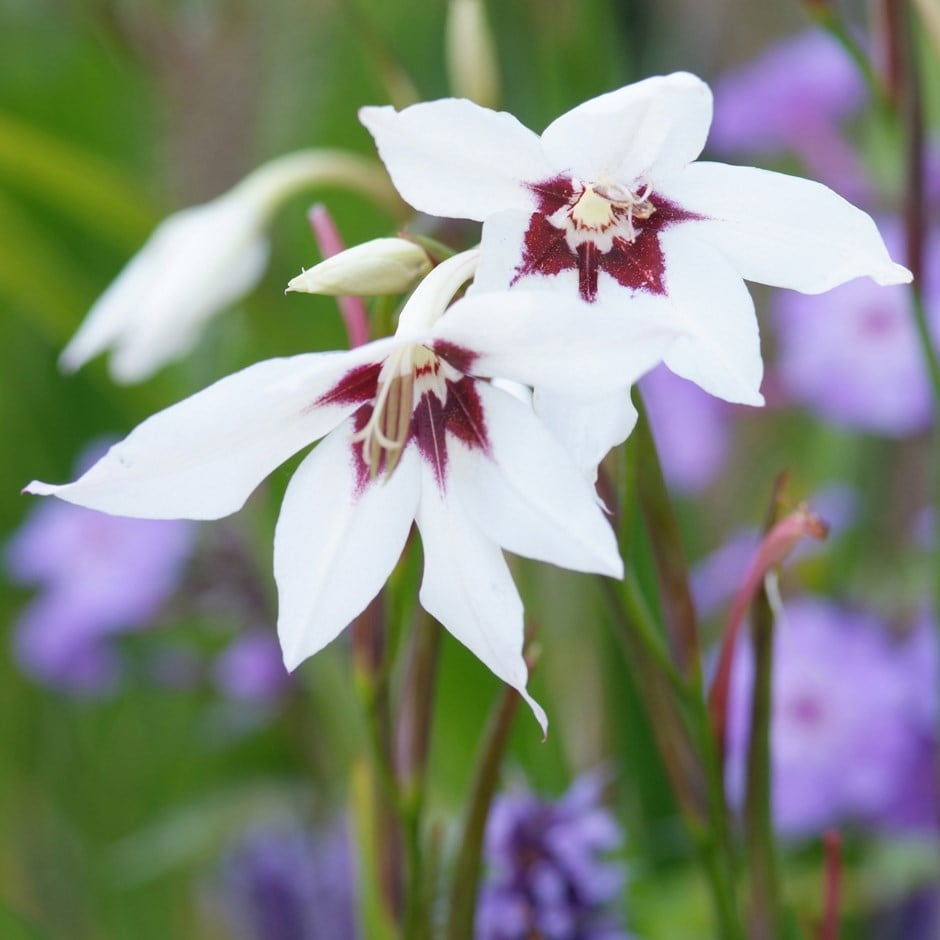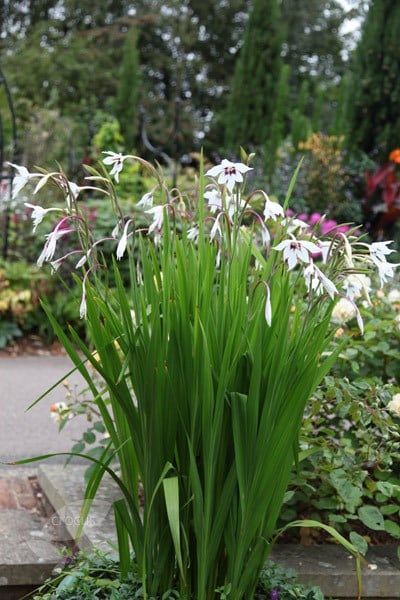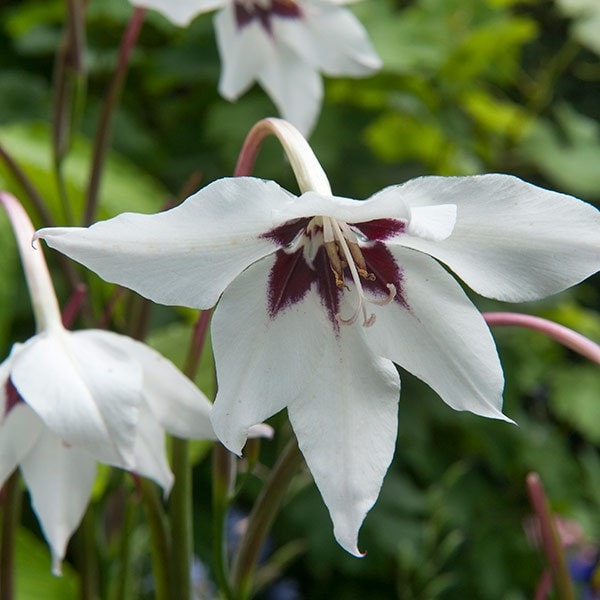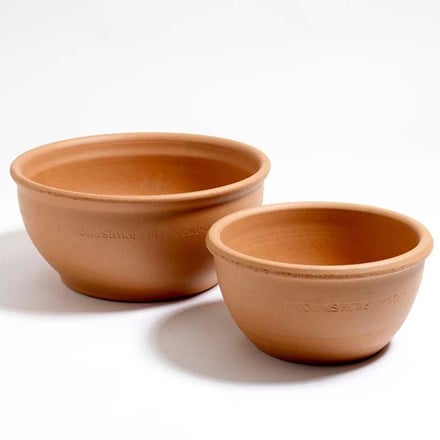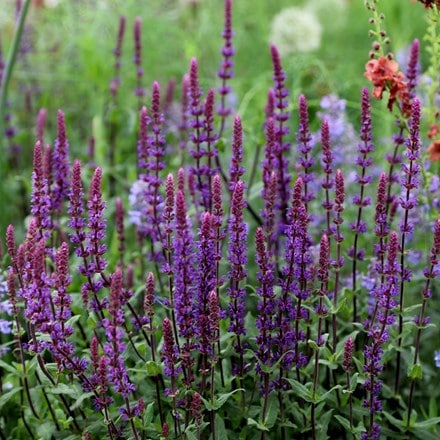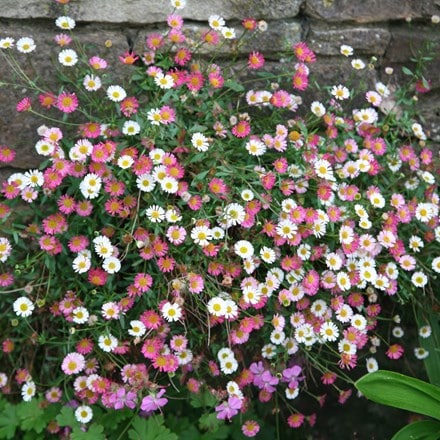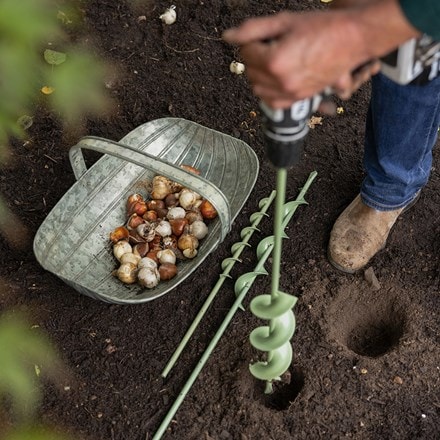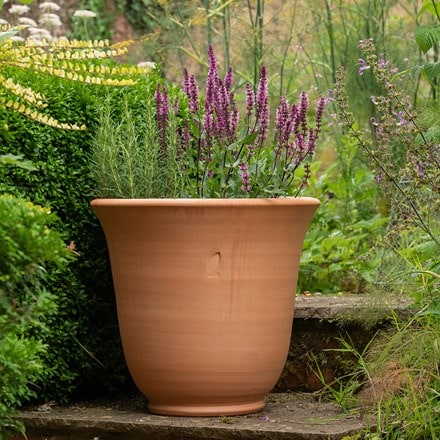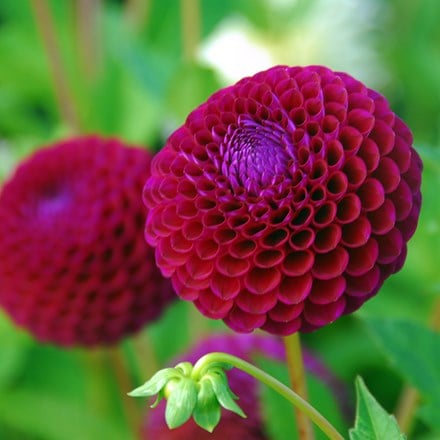Eventual height & spread
Gladiolus murielae
peacock orchid or Abyssinian gladiolus (syn. acidanthera or callianthus)
- 40 × corms
- £6.99 £0.17 each
- Delivered by early February
- 80 + 40 FREE corms
- £13.98 £0.12 each
- Delivered by early February
Delivery options
- Bulbs (only) £4.99
- Position: full sun
- Soil: moderately fertile, moist but well-drained soil
- Rate of growth: average
- Flowering period: August to October
- Hardiness: frost tender (will need winter protection)
- Bulb size: 6/8
We believe everyone should have some Gladiolus murielae in their garden. Producing spikes of nodding, funnel-shaped, highly fragrant white flowers, each with a prominent burgundy blotch at the base of their petals, seem to dance on the breeze at the ends of their slender stems from late summer onwards.
An elegant plant, it is ideal for adding movement to a sunny border, and they give masses of flowers at a time of the year when little else is. Plant it in clumps throughout the beds, or pot them up (around 15-20 corms in a 30cm/12in pot) and keep them on the patio next to a seating area or often-used pathway, where you will be sure to make the most of the heady scent.
Offering terrific value for money when considering the dazzling performance they put on in their first year, you can treat them in the same way as you would an annual, replacing them every year (or two) to keep the display fresh.
An elegant plant, it is ideal for adding movement to a sunny border, and they give masses of flowers at a time of the year when little else is. Plant it in clumps throughout the beds, or pot them up (around 15-20 corms in a 30cm/12in pot) and keep them on the patio next to a seating area or often-used pathway, where you will be sure to make the most of the heady scent.
Offering terrific value for money when considering the dazzling performance they put on in their first year, you can treat them in the same way as you would an annual, replacing them every year (or two) to keep the display fresh.
Plant corms 10-15cm (4-6in) deep and 25cm (10in) apart on a bed of sharp sand to aid drainage. In frost-prone areas, lift them when the leaves turn yellow-brown and store the corms in a dry, frost-free place over winter.
Gladioli grow best in full sun and well-drained soil, with protection from strong winds. Once planted, water regularly during dry spells and support taller plants with canes if needed. Feed every couple of weeks with a high potash fertiliser as the flower spikes develop. Deadhead spent blooms to encourage more flowers further down the stem.
After flowering, allow the foliage to die back naturally so the corms can store energy for the next season. In milder areas, corms can be left in the ground with a dry mulch for winter; otherwise, lift and store them in a frost-free place.
Gladioli grow best in full sun and well-drained soil, with protection from strong winds. Once planted, water regularly during dry spells and support taller plants with canes if needed. Feed every couple of weeks with a high potash fertiliser as the flower spikes develop. Deadhead spent blooms to encourage more flowers further down the stem.
After flowering, allow the foliage to die back naturally so the corms can store energy for the next season. In milder areas, corms can be left in the ground with a dry mulch for winter; otherwise, lift and store them in a frost-free place.
- Pets: Harmful if eaten; Humans: Ornamental bulbs - not to be eaten
